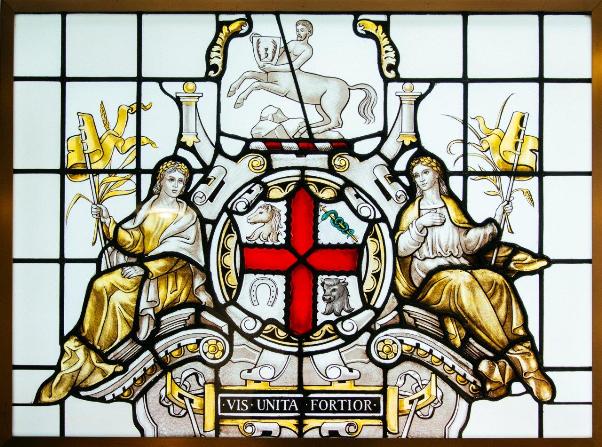The final instalment of Julie Hipperson’s piece to mark International Women’s Day.
The last post looked at how in its early days the SWVS was conflicted about adopting whole-sale the notion of equal pay for equal work based on their physical ability to do the job, an ambiguity beautifully encapsulated in an interview held with Mary Brancker, as part of the Capturing Lives in Practice project. When asked about the physical strength required in being a vet, she replied:
Well, in a way, in those days particularly, you realised you weren’t as strong as a man; that you were different, and that it was a strain trying to fit yourself in…You didn’t really compete with the men, if you were sensible. Some of them tried to compete, and that wasn’t satisfactory. I did sort of realise that wasn’t…that you must admit, in all honesty, there were things you couldn’t do. But on the other hand, you did realise that you’d got to try to do things that didn’t come naturally to you.[1]
Their nuanced response was perhaps largely subsumed by the SWVS’s decision at policy level in the 1940s to formally protest against pay inequality, but it was not entirely extinguished. In 1947, for example, when the Ministry of Agriculture issued a proposed revised scale of salaries, the SWVS felt that it ought to lodge on behalf of some of its members that the Society ‘strongly disapproves the scale for women, which do not uphold the principle of equal pay for equal work”. Again, we can see that whilst formal objection focused on equal pay, the caveat to this was that it was not a view universally held within the Society. I would suggest that it was this reluctance to subscribe wholesale to the notion of equal pay which made the Society wary of aligning themselves with the BFMPW, refusing its invitation in 1945 to affiliate, not because its members did not, in the majority, support the principle, but rather because the aims and tactics of the other organisations were predicated on a certainty of equality in all forms, a certainty which was not necessarily shared by all members of the SWVS.
It was a complicated issue, further nuanced in the 1960s and 1970s by developments such as part-time work, disputes about pay scales linked to qualifications, and greater questions being asked about women’s ability to hold their own in the market place. However, looking at the SWVS’s views on equal pay in the early days begins to tell us much about how the Society positioned itself on questions of feminist principle, and it begins to say something about the wider profession’s assessment of what makes a confident, competent practitioner.
Read more about the profession on our webpage, Capturing Life in Practice Follow Julie’s blog, Pioneers and Professionals
[1] Quote used courtesy of the British Library and the Centre for Rural Economy at Newcastle University.


